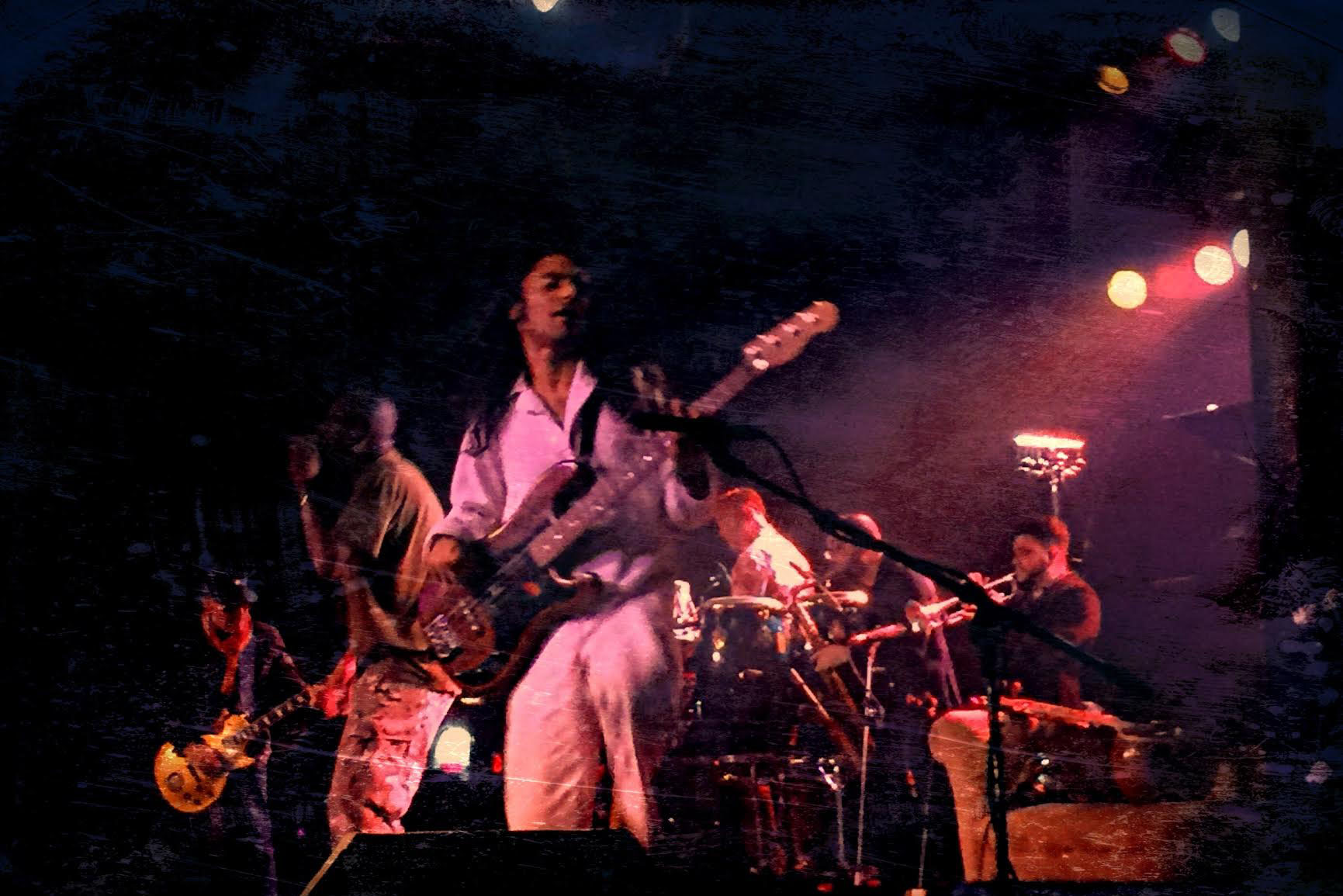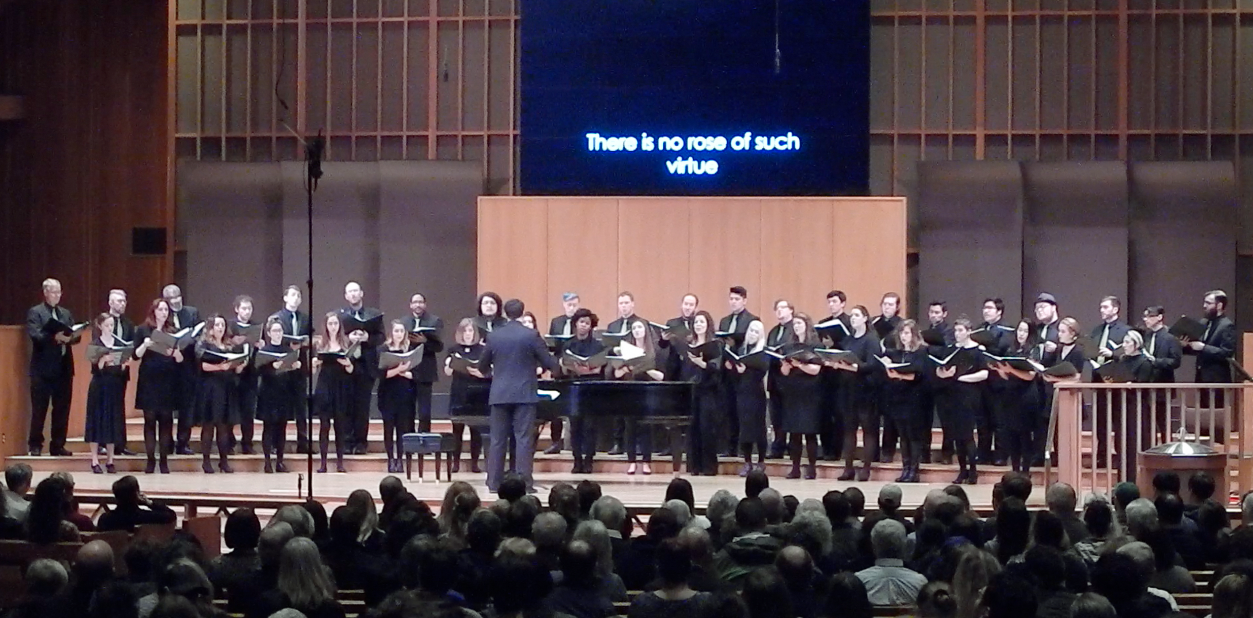Despite being examined under the lens in various tomes, both academic and otherwise, ‘90s hip-hop (commonly referred to as “rap”) was a nascent art form that had not been considered with the depth of David Foster Wallace and Mark Costello’s 1990 text Signifying Rappers.
Now, 23 years after its initial release, the long out of print classic has been rereleased by Back Bay Books. With the new edition, Signifying Rappers will find itself revisited by many readers looking to gain a glimpse into the early work of Wallace and Costello, as well as a reflective look back at the history of hip-hop.
Part of what makes Signifying Rappers a compelling text is the fact that it acts as a sort of historical document of the early days of rap and hip-hop. Wallace and Costello themselves seem cognizant of both this and the fact that rap itself was evolving quickly during the era the book was written.
Looking backward
In the early ’90s, rap was still predominantly sample based—that is, the “beats” that made up songs were directly sampled from other existing records. After dozens of lawsuits in the mid-90s, hip-hop artists started turning to producers that could compose their own beats (think Pharrell, Lil John, Just Blaze, etc.), keeping the artist in control of their own music, and perhaps more importantly, out of legal trouble.
Costello himself remarked on how Signifying Rappers documented the early stages of this process.
“I think rap, which was splitting into ‘hard’ and ‘soft’ in 1989 … has further splintered into so many variant genres that it doesn’t make sense to bundle it all under the label rap. We do so, in order to package and sell it. But its not really any sort of artistic truth,” Costello said in an email interview.
Much of the rest of the book is devoted to analyzing the works of scores of early rap artists, including Chuck D, Public Enemy, Schoolly D and Ice-T. Wallace and Costello spend much of their work noting their ambivalence and discomfort with grappling with questions about black identity and the African-American experience.
Apart from documenting the early days of hip-hop, readers get a glimpse at the history of the writers themselves. Fans of Wallace can explore some of his earliest work; Signifying Rappers was his first published nonfiction book and his third published text in all.
Ultimately, part of what makes it such a compelling read are the sections composed by Costello. His work is often characterized by his use of self-examination and introspection, which makes for an ideal fit for Wallace, given the fact that much of his nonfiction has the same reflective qualities.
Their collaboration works both as a surprisingly clairvoyant examination of rap as an art form and a snapshot of the friendship between two excellent writers at the peak of their respective powers. As an artifact within the field of music writing itself, the book is an even more edifying read.
“It was two friends doing an experiment, almost like a sedentary road trip of the brain,” Costello said of Signifying Rappers in retrospect. “The book was written very quickly, in full passion. The tone is all over the place. The writing veers from political violence to the rompish absurdity of sitcoms. It’s like a play date with a sugared-up five year old. Which is, at some level what our culture deserves, then and now,” Costello said.
The process of co-authoring the book was not unlike comedy writing, Costello said.
“A lot of comedy of the SNL, Monty Python kind is written by partners or in larger groups. This was how DFW and I both started out, writing comedy for a Harvard Lampoon-like publication at Amherst College,” Costello said.
“It is a lot of fun because you are basically just trying to make your friend laugh, to complete his ideas, or to have him complete yours,” said Costello. “You set him up, he sets you up, etc. You do dialogues in which the other person slips into the opposing character’s voice and you just riff. The writing works because of deep familiarity. Even when it is raw or raunchy, there is always a playful and, well, sort of friendly quality in the best collaborative writing. If the circumstances exist to create this collaboration, it is of course a wonderful thing. But it very rarely does outside of comedy.”
In retrospect
Despite the myriad evolutions that rap and hip-hop have undergone since Signifying Rappers was published, Costello continues to remain a fan, albeit of a certain kind of hip-hop artist as opposed to the genre itself en masse.
“I have two teenaged children, so ‘rap’ in its zillion mutations is around me all the time,” Costello said. “I like more nuanced and personal rappers. Drake is someone I like a lot. I think Kanye West can be at times dazzling, surprising, exuberant, almost Joycean, and I think there is, throughout his music a level of irony and regret — the Price Paid. Everything comes at a price. It’s a main duty of art to stylishly insist on this truth.”
Despite its varied content, lack of central organization, and the wide gulf between the hip-hop of today and that of the ’90s, it’s these sorts of insights that Wallace and Costello are able to articulate that make Signifying Rappers an essential text. This text is intriguing both for fans of Wallace and Costello, and fans of the kind of serious, probing long-form music writing that is all too uncommon in the Tumblr/blogger era. It’s as relevant now, 23 years later, as it was in 1990.
Signifying Rappers is available now from Back Bay Books.






